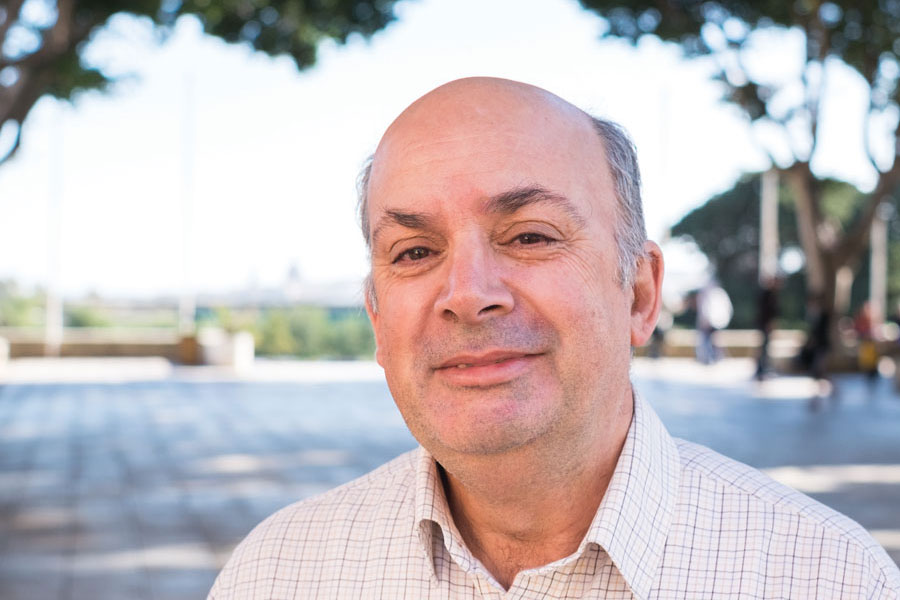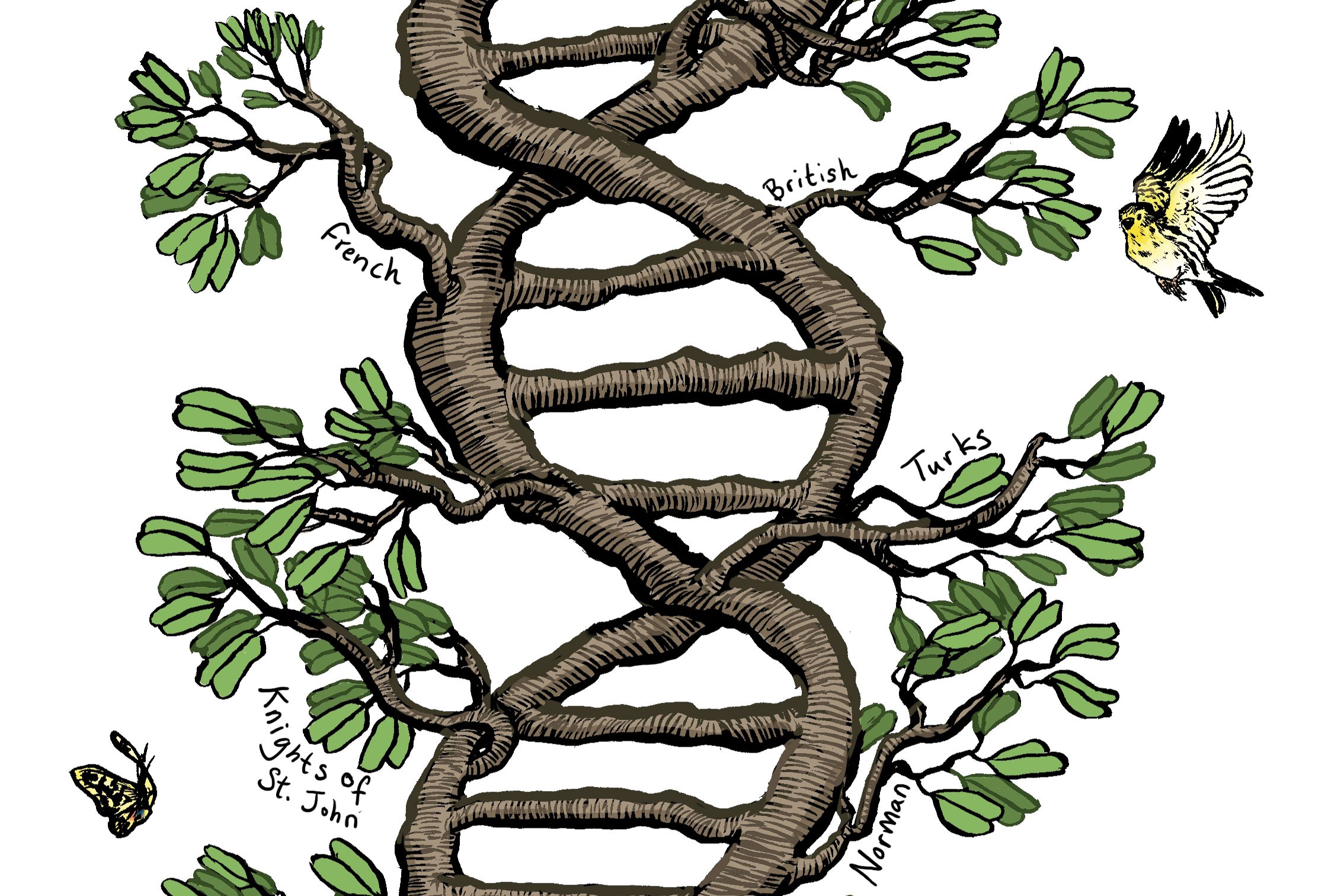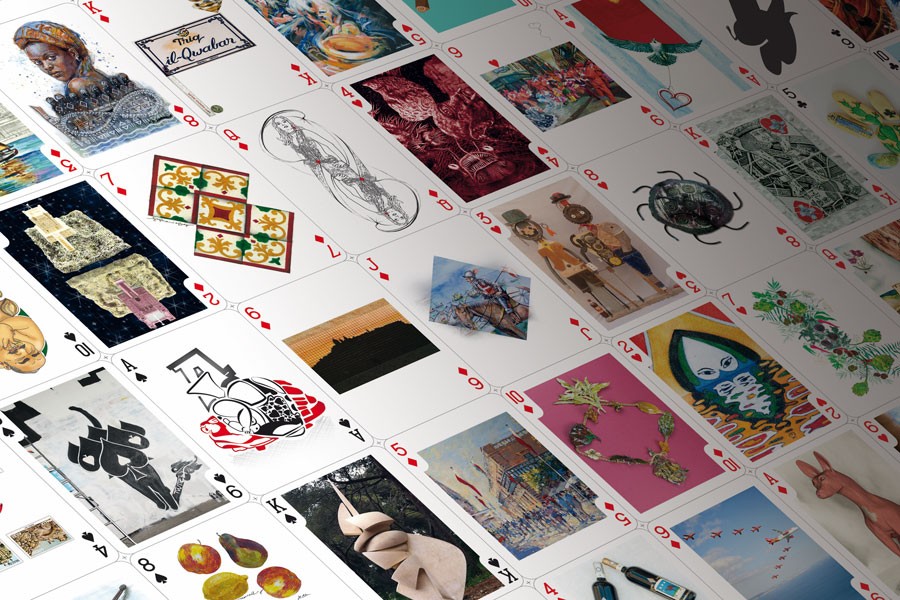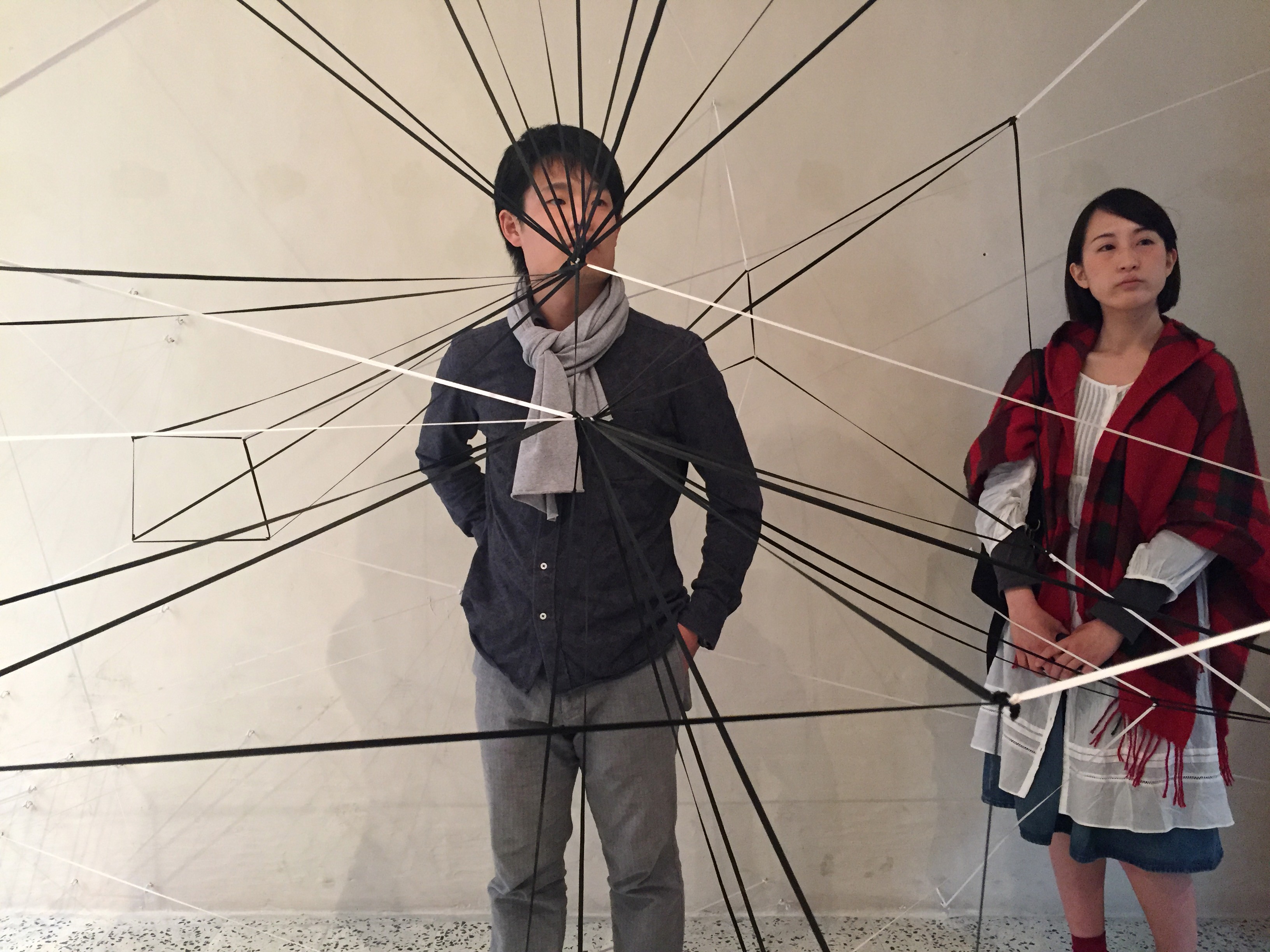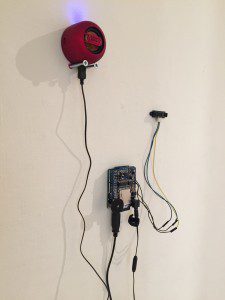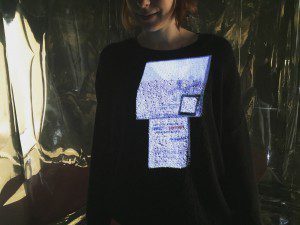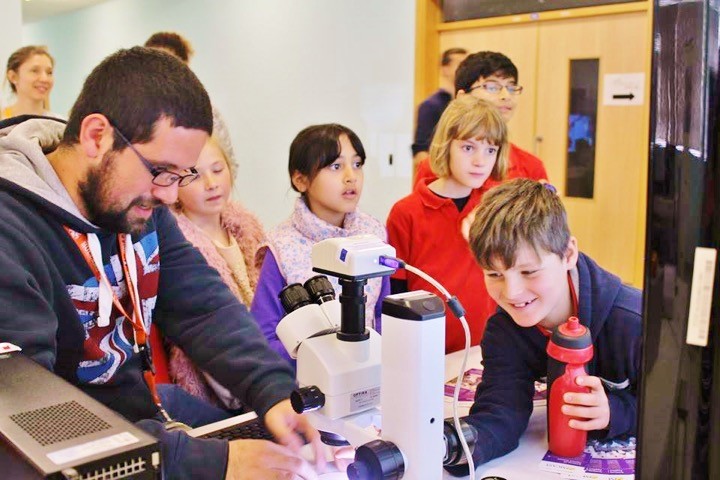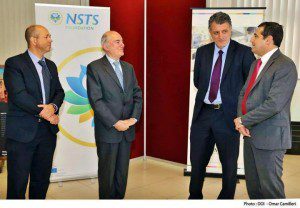In the 12th century, the Shaolin Monk Chang San Feng witnessed a battle between a snake and a crane, during which the snake managed to conquer its opponent with its grace. The monk went on to formulate a set of movements, which have become the basis of Tai Chi, a martial art based on the pillars of Taoism, Confucianism and Buddhism. Taoism upholds the importance of being one with nature and the universe.
Taijiquan shares concepts with Confucianism, a system of philosophical teachings that stresses that all under the sky is one family. Everyone can be part of this great family regardless of their social status, political or religious creed. By practising Tai Chi together and sharing knowledge, participants learn and develop respect and obedience; qualities stressed by Chinese teacher and founder of Confucianism, Confucius.
During my Tai Chi classes, I like to first develop the technical aspects of a student’s movements in order for them to have a solid foundation. This is then followed by an emphasis on self-expression through movement and concentration on these movements. In the film Enter the Dragon, Bruce Lee tells his apprentice ‘like a finger pointing away to the moon. Do not concentrate on the finger or you will miss all that heavenly glory.’ At first a movement is just a movement. However, after constant practice and analysis, the practitioner realises that the movement has a rhythm behind it and this charges them with feeling, a process that resembles the way a musician feels the beat/the rhythm when performing.
The benefits of Taijiquan
Taijiquan is a good method to alleviate stress and achieve good health. Rather than going to a gym, where a lot of energy and effort are required, with Tai Chi, a lot can be achieved without any force, and like Taoism, Tai Chi is based on the principle, known as Wu Wei (effortless effort). This means that those who practise Tai Chi should be soft and flexible in the same way that water flows smoothly. Water can take the form of any container yet on its own it is formless and shapeless.
Some scientific studies have shown Tai Chi’s benefits. One study concluded that moderate Tai Chi practice helps older people maintain fitness, while other studies showed that Tai Chi was good for a healthy and well-functioning heart, as well as to regulate blood pressure levels.
Taijiquan is based on the principle of Yin and Yang, an element of Chinese philosophy that describes how two contrary forces can be complementary. Building on this belief, those who practise the discipline try to achieve harmony which in turn brings with it good health.


